Audi R8 and BMW 7 Series - The Weight Conscious Celebrities of Today
In order to reduce emissions, flagship models of most brands now have to go on a strict diet. So, for the first time, the BMW 7 Series combines
In order to reduce emissions, flagship models of most brands now have to go on a strict diet. So, for the first time, the BMW 7 Series combines composites with steel and aluminium.
Luxury sedans, like the BMW 7 Series, represent a marginal share of sales in a market like India. But, elsewhere, in the American and Chinese markets, it’s a different story. From 2008 to date, the Bavarian flagship has sold 3,70,000 units. Since 1977, its different generations have notched up sales of close to 1.6 million units. And so it’s no surprise that BMW has chosen to introduce carbon components – the type that are typically found in supercars – on the 6th generation of the 7 Series.
Thus far, carbon fibre has been employed in cars that are hand built. The BMW 7 Series, however, is a car that’s produced at BMW’s factory in the German town of Dingolfing, which produces 1,600 vehicles daily – besides also making the bodies for Rolls-Royce, as well as components for the i3 and i8, which are manufactured in Leipzig.
The recourse to carbon, of course, is mainly needed to reduce CO2 emissions. In the West, every manufacturer has to comply with strict fleet emissions levels – or be faced with heavy fines. And so carbon based components have been given the green light here to make the body as light as possible – in this case, shaving 40kgs off the weight of the previous generation. Aluminium has also been used not only for the doors, but also for the bonnet and boot lid. Combine this with the weight savings made with the mechanical components, and you have a total weight saving of almost 130kgs.
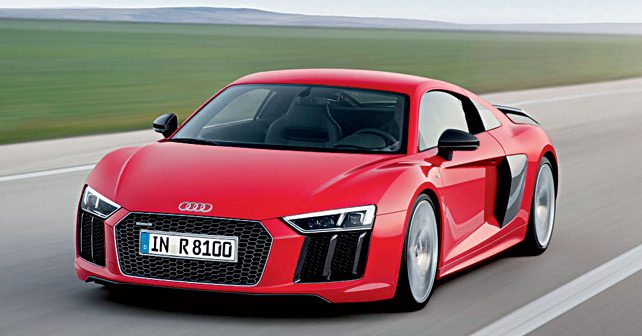
GLOBAL SOLUTION
Adrian van Hooydonk, lead designer for the BMW Group, explains how the increasing importance of sales in Asia, America and the Middle East has made it imperative for a carmaker to fit within a certain concept of luxury to satisfy customers from diverse cultures and different tastes.
“We could have launched this model in just three years, but it took us more than five years to do so, since we carried out in-depth worldwide research on current trends – not necessarily related to the automotive world, but ranging from restaurants to hotels, from fashion to furniture – to better understand the modern meaning of luxury.”
“We saw, among other things, how Chinese people in just a few years got much closer than many Americans to European tastes. And their interest in the long wheelbase version has also meant that this variant has been thought of right at the design stage of the new model. And to please an increasingly diverse customer base, for the first time we’ll offer an M Sport package as well,” adds van Hooydonk.
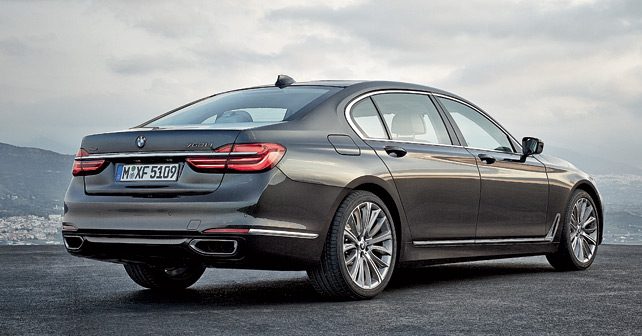
SAFEGUARDING THE COCKPIT
Since 1977, BMW’s flagship cars have been faced with the task of introducing innovative solutions to the market. And each new generation has to live up to this legacy, so the new 7 Series has laser headlights even for the dipped beams, standard pneumatic suspension with electronically controlled shock absorbers that are combined with active stabilizer bars, and an infrared camera on the overhead monitor that deciphers hand movements to control the on-board multimedia display.
It also has an automatic parking system, which is remote controlled from outside the vehicle courtesy of a touch screen ignition key. Plus, it has four-wheel steering and all-wheel drive, along with a host of electronic driver assistance system and other technological innovations. All that apart, however, the 7 Series will probably go down in history as the first sedan with a multi material structure around the cockpit – to increase stiffness and reduce weight at the same time – an architecture that’s called ‘Carbon core.’
The addition of a light carbon fibre coating inside the doors – a structural component that’s integral to security during a side impact – means that fewer metal sheets with reduced thickness can be used. This hybrid construction also runs in and around the roof. Additionally, there are smaller components that are used in the side panels and fenders to improve the acoustic performance of the body – making it quieter.
This construction has enabled the engineers to reduce the centre of gravity of the new 7 Series, as well as ensure an exact 50:50 weight distribution. Moreover, the weight loss of the structure has made it possible to reduce weight in the suspension, brakes, and wheels. Not only does this lead to fewer emissions and better fuel economy, but also improved comfort and performance.
The 7 Series will be on sale in Europe from October, featuring a range of petrol and diesel engines. 2016 will see the introduction of the hybrid version, and the plug-in hybrid featuring a 2-litre four-cylinder petrol engine.
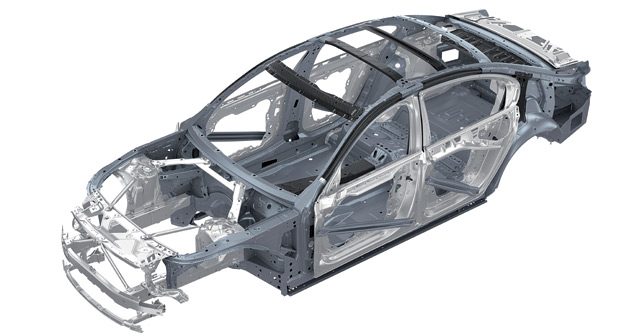
For the first time, a flagship luxury car utilizes special steel, aluminium and carbon composites (the darker components in the two images). Carbon composites are used as reinforcements on the tunnel, around the doors, as well as on the top and in the rear of the body.
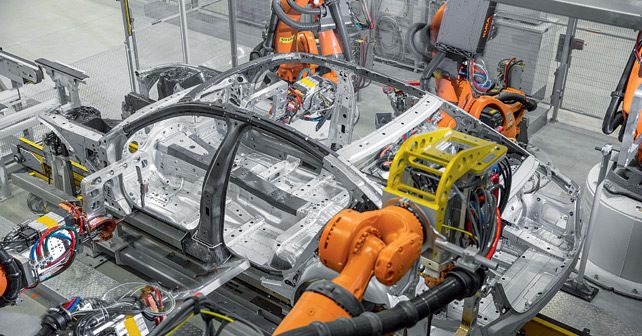
The Audi R8 features a multi material space frame, which combines different kinds of aluminium components (sheets, extrusions and castings) with panels made of CFRP (carbon fibre reinforced plastic) – the black portions of
the image.

Since 2007, Audi has manufactured more than 27,000 R8’s. The new model maintains the architecture, with a mid-mounted engine and four-wheel drive.
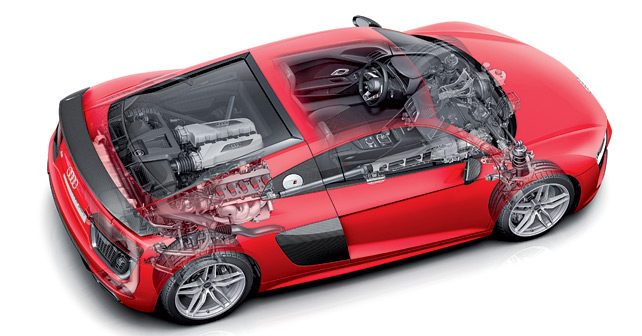
The production line of the new BMW 7 Series at the German town of Dingolfing now has to manage carbon composite parts like the one you see in the picture to your left.
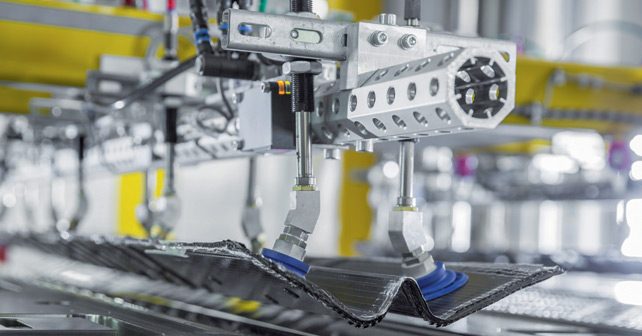
The optional Executive lounge allows you to slide the front passenger seat forwards by up to 9 centimetres. It also has an electrically driven footrest integrated in the seatback.
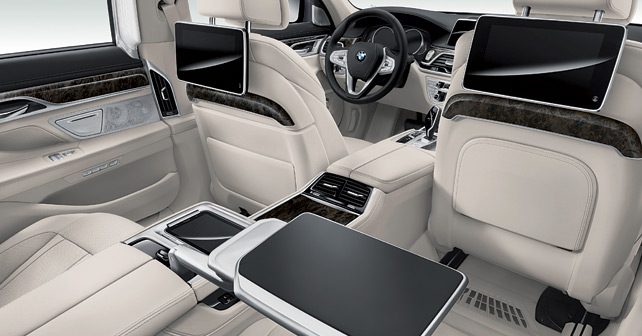
© Riproduzione riservata
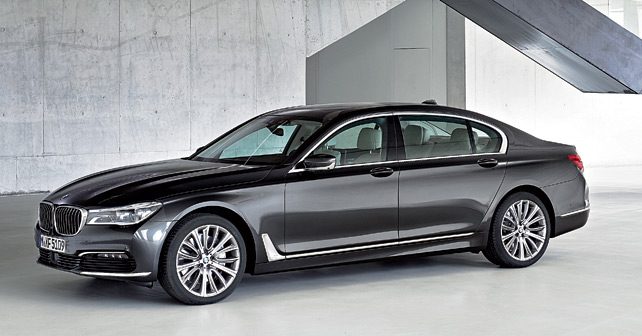
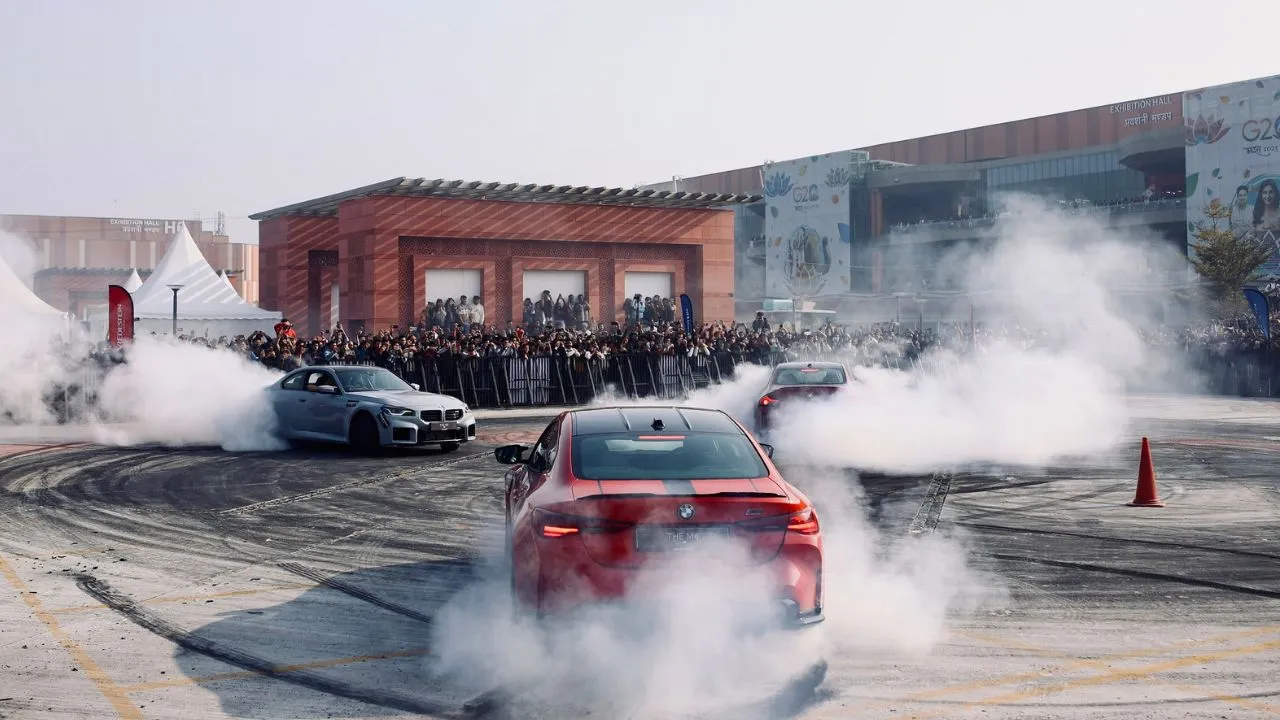
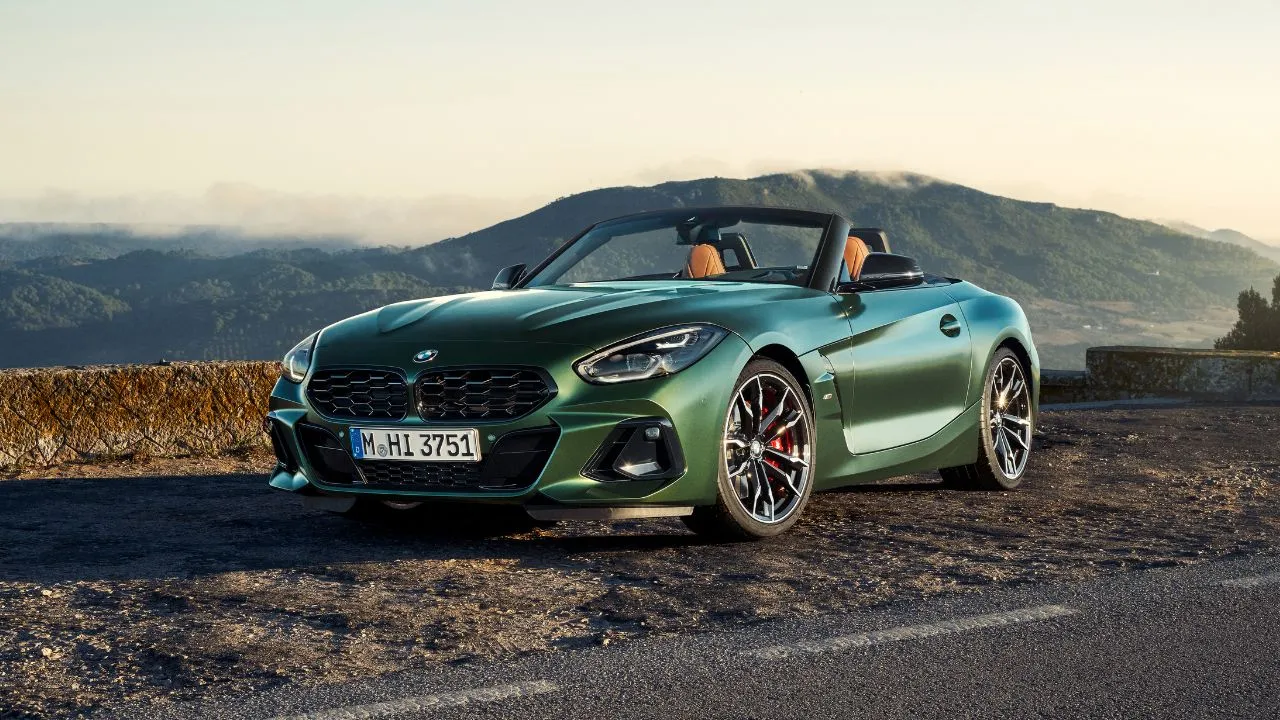



.webp)





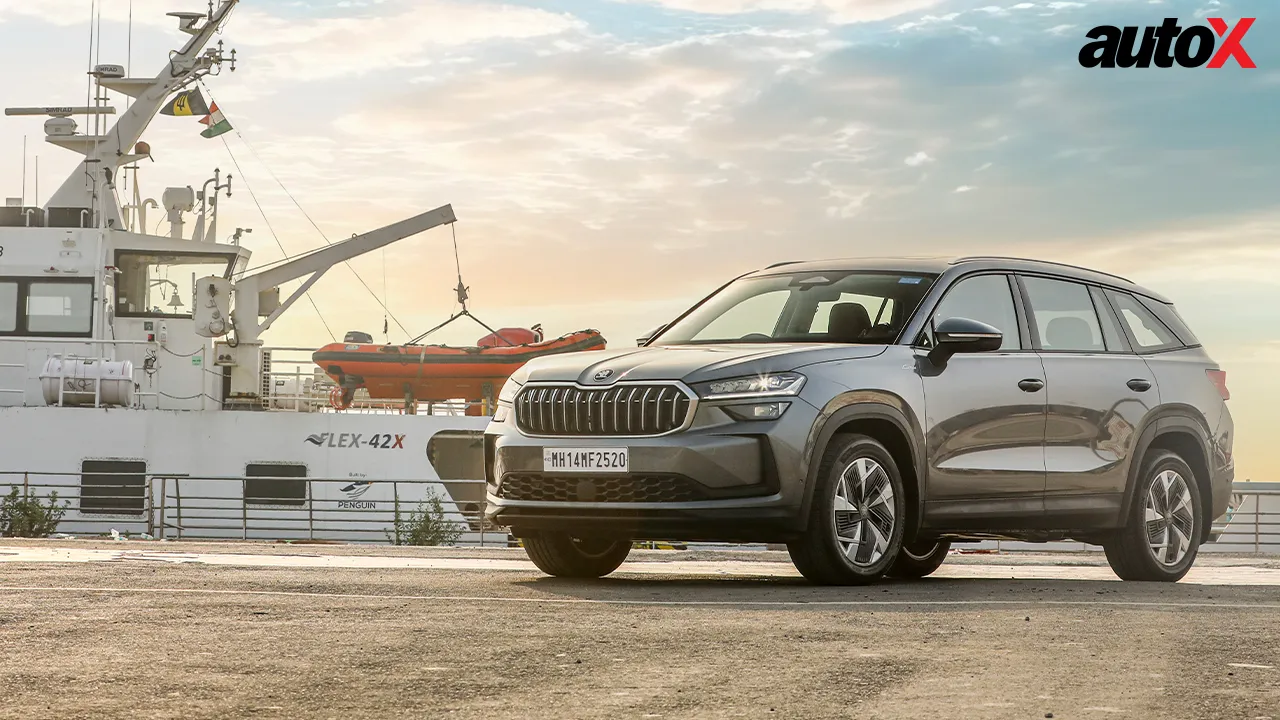

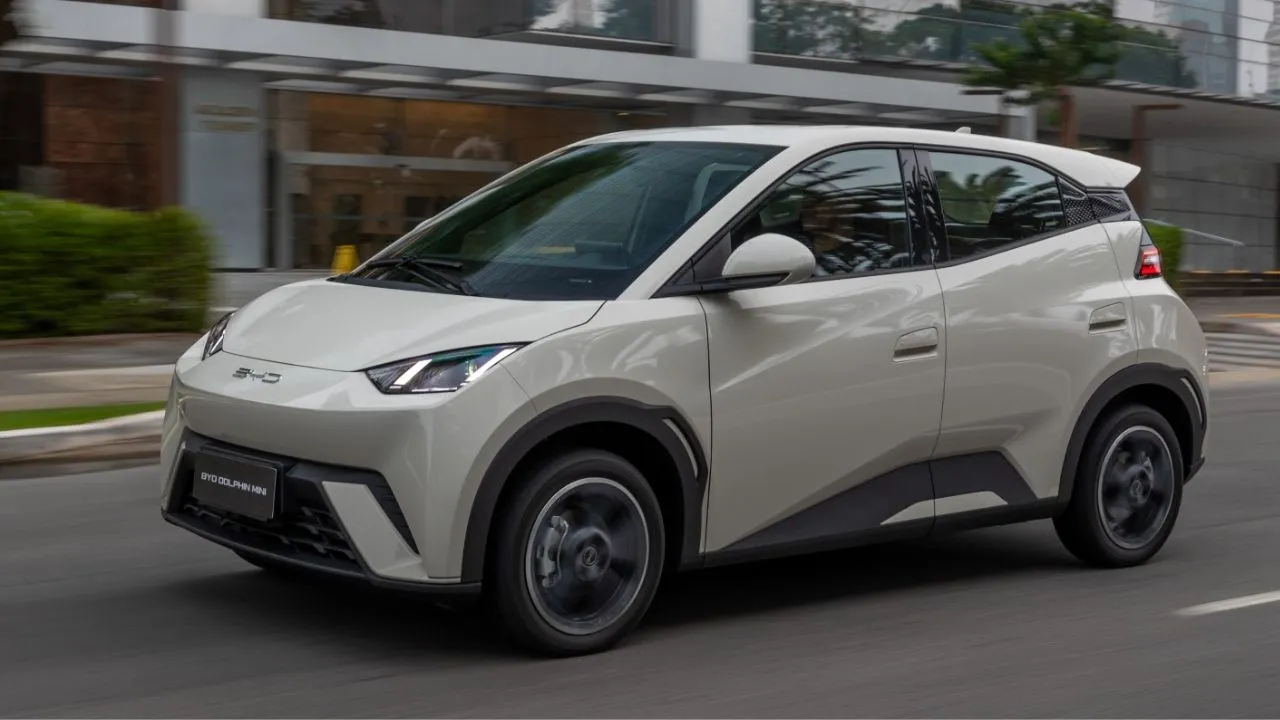
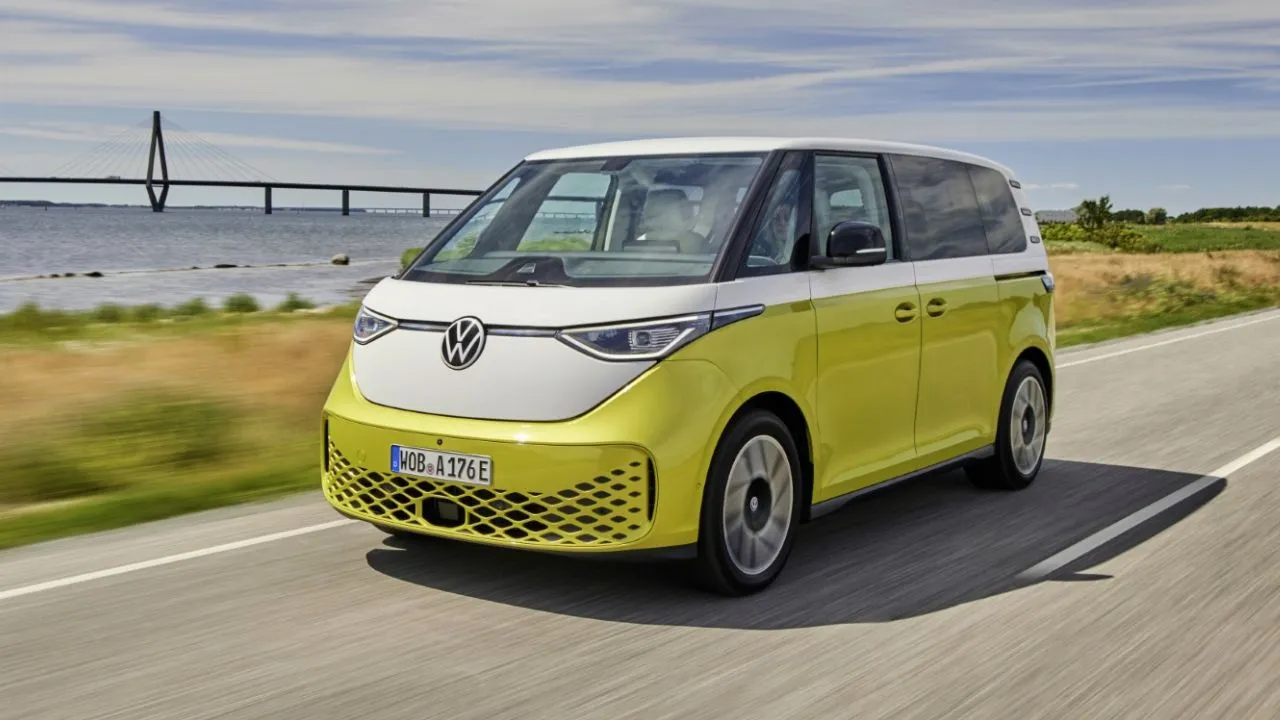
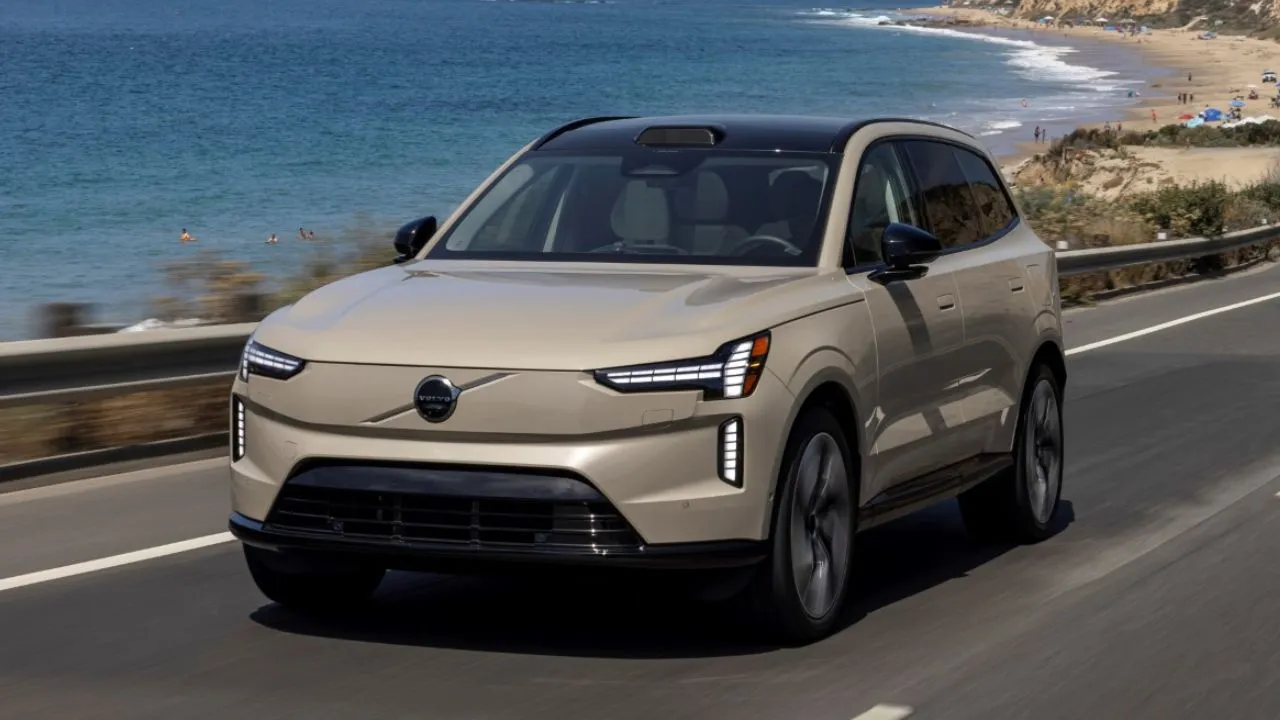





Write your Comment on